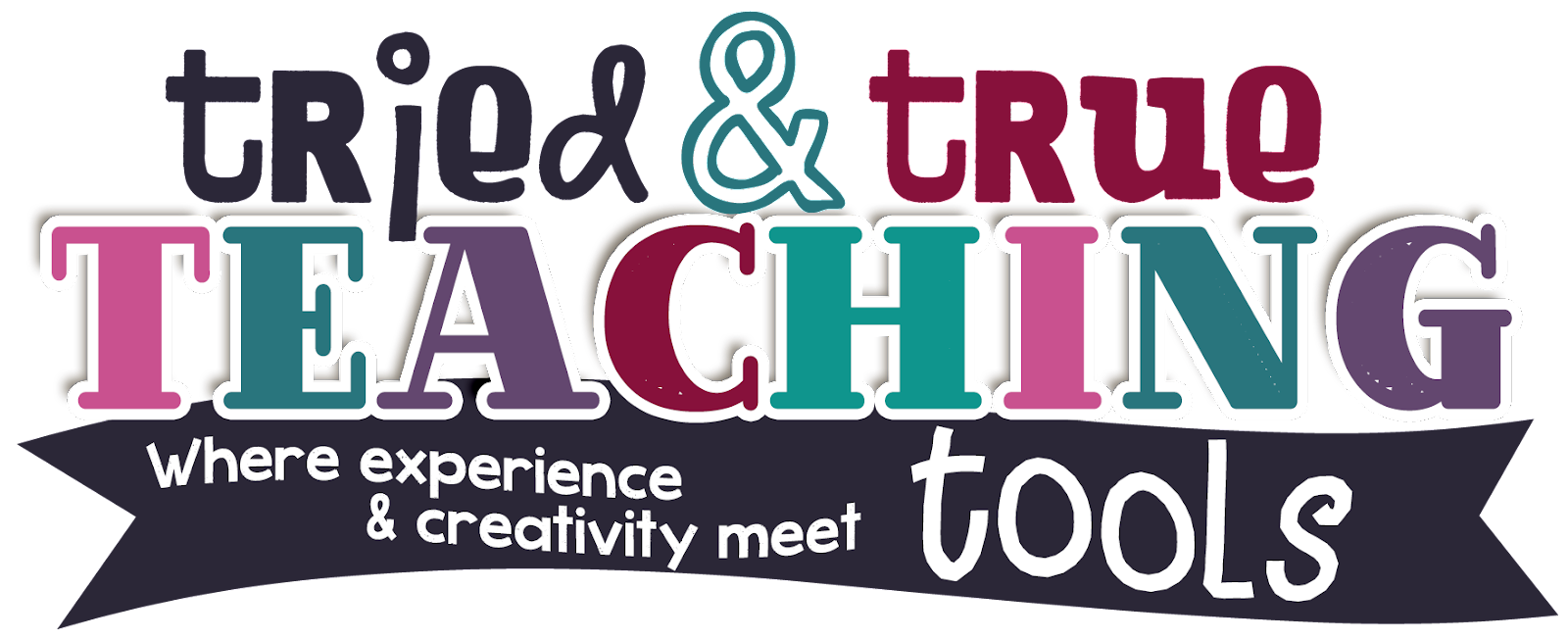I think many times we make concepts more difficult than necessary. A climax map is an easy and easily understandable visual tool to teach plot. Modeling this during read-aloud is a great time to emphasize teaching points and key events.
Start by drawing an upside-down V with a line on either side. The left line is labeled: exposition (a.k.a. known as the beginning of a story), the top of the point is the climax (the highest or most exciting point of a story, often where the conflict reaches its peak). The right line at the bottom is the resolution or denouement (don't you love that word?!)
As we read a story or a novel, we stop to discuss what important events lead up to the actual climax. Various students decide on which events they want to illustrate and then put it on the exposition or rising action side. This is terrific for teaching sequencing and determining key events (versus minor details).
This particular climax map is from the book, Roxie and the Hooligans by Phyllis Reynolds Naylor. If are not familiar with this book, you MUST read it! It's the delightful adventure of nine-year-old Roxie Warbler, who knows just what to do if she finds herself buried in an avalanche, but she doesn't know what to do about Helvetia's Hooligans. The gang at her school has chosen her to be their target, thanks to her ears, which stick out like the handles on a sugar bowl. It is funny, suspenseful, and filled with adventure. There is a wonderful twist to the story and your whole class will be rooting for Roxie!
There is always a lot of meaningful discussion, as students express their views on whether an event is important enough to be included on our climax map. This also really helps when teaching what to include in a summary.
How do you teach plot? I'd love to hear your ideas!







Thank you for this great post. I think of plot as such a simple thing. However, during conferences, of all the literary elements students described to their families, plot was the most difficult. I think I have more work to do.
ReplyDeleteThat's interesting that plot was difficult to describe. Try climax map; I'd love to know if it helps!
DeleteGreat idea for teaching plot (and this book is now on my reading list!). Thanks for sharing.
ReplyDeleteYou'll love Roxie & the Hooligans! My kids cheer throughout the book for the heroine!
DeleteI agree - plot can be tough for students. When I was teaching 7th, they struggled a bit. My partner teacher and I tried using an episode of The Twilight Zone ("To Serve Man") to work on it. They loved it, and it made identifying plot elements easier in our reading after that. I ended up creating all sorts of extension activities off of that episode. I would only plan 3 weeks of lessons in October knowing that when the perfect gloomy day hit, I'd put the scheduled plan on the back burner and bring out a week of "To Serve Man" lessons and activities as a surprise...one of my favorite teaching memories. Thanks for reminding me of it! :)
ReplyDeleteI love that you used The Twilight Zone! How fun! I'm trying to also start gathering video shorts to start using to teach plot; kids get so engaged when they visually see the storyline!
Delete